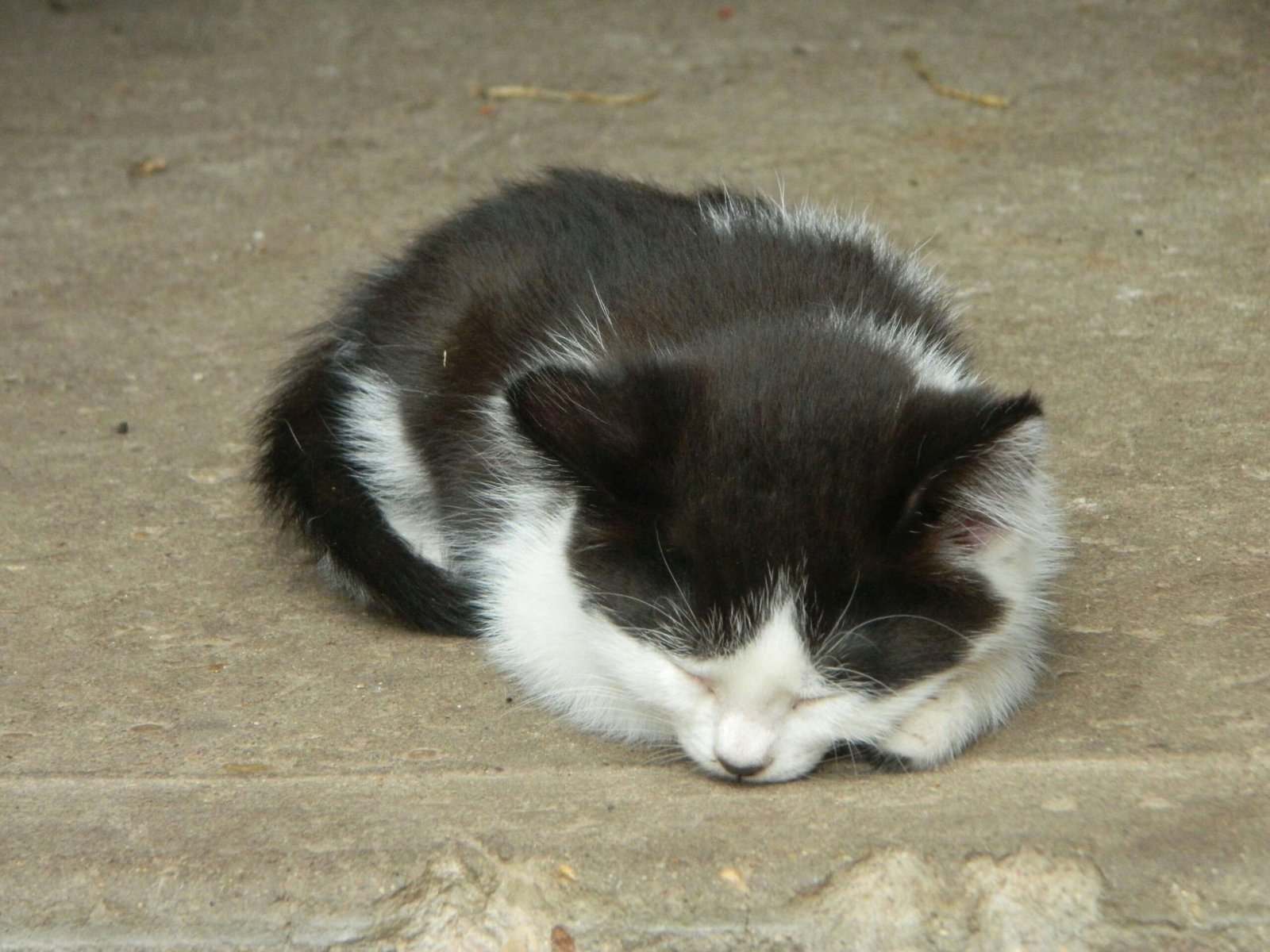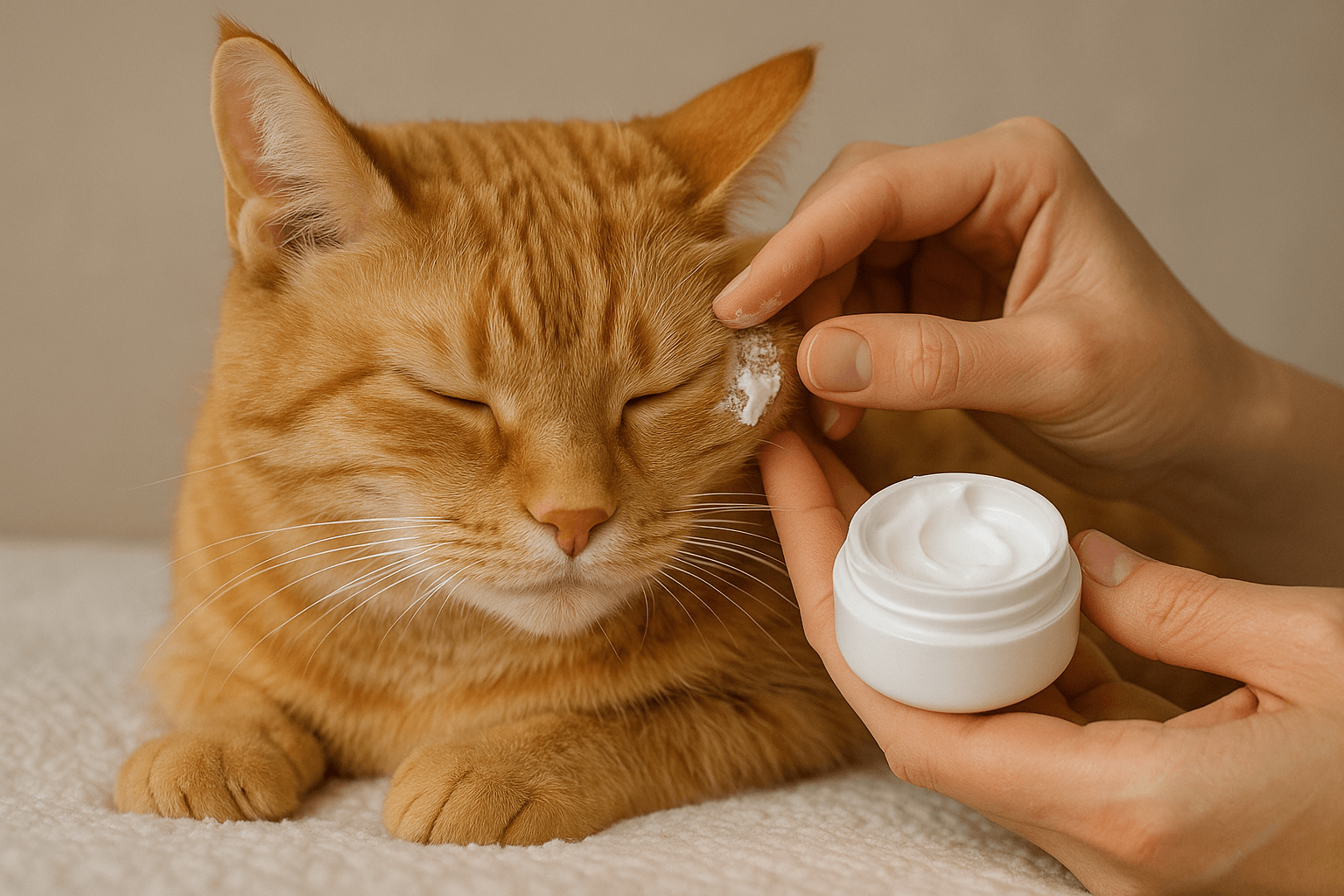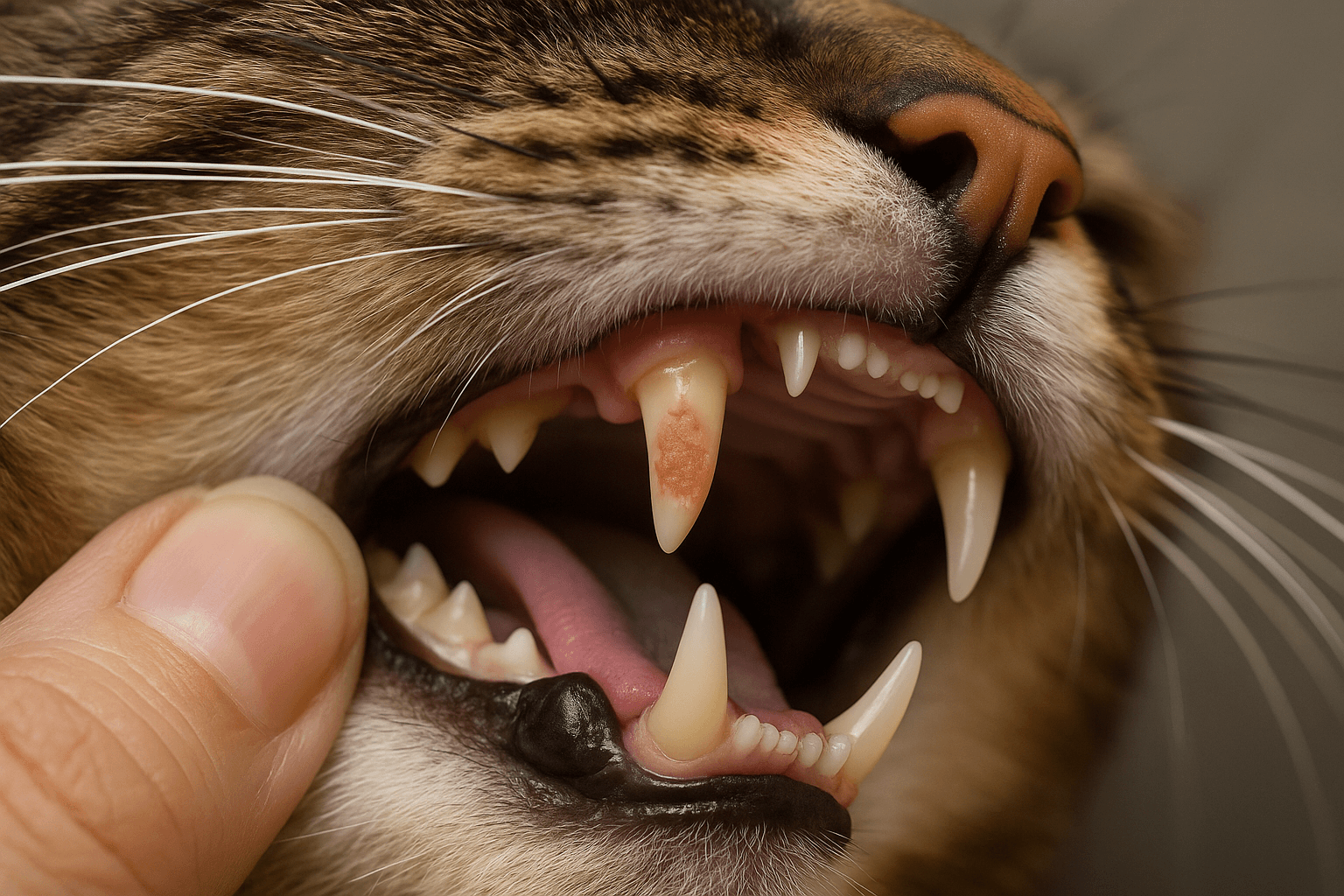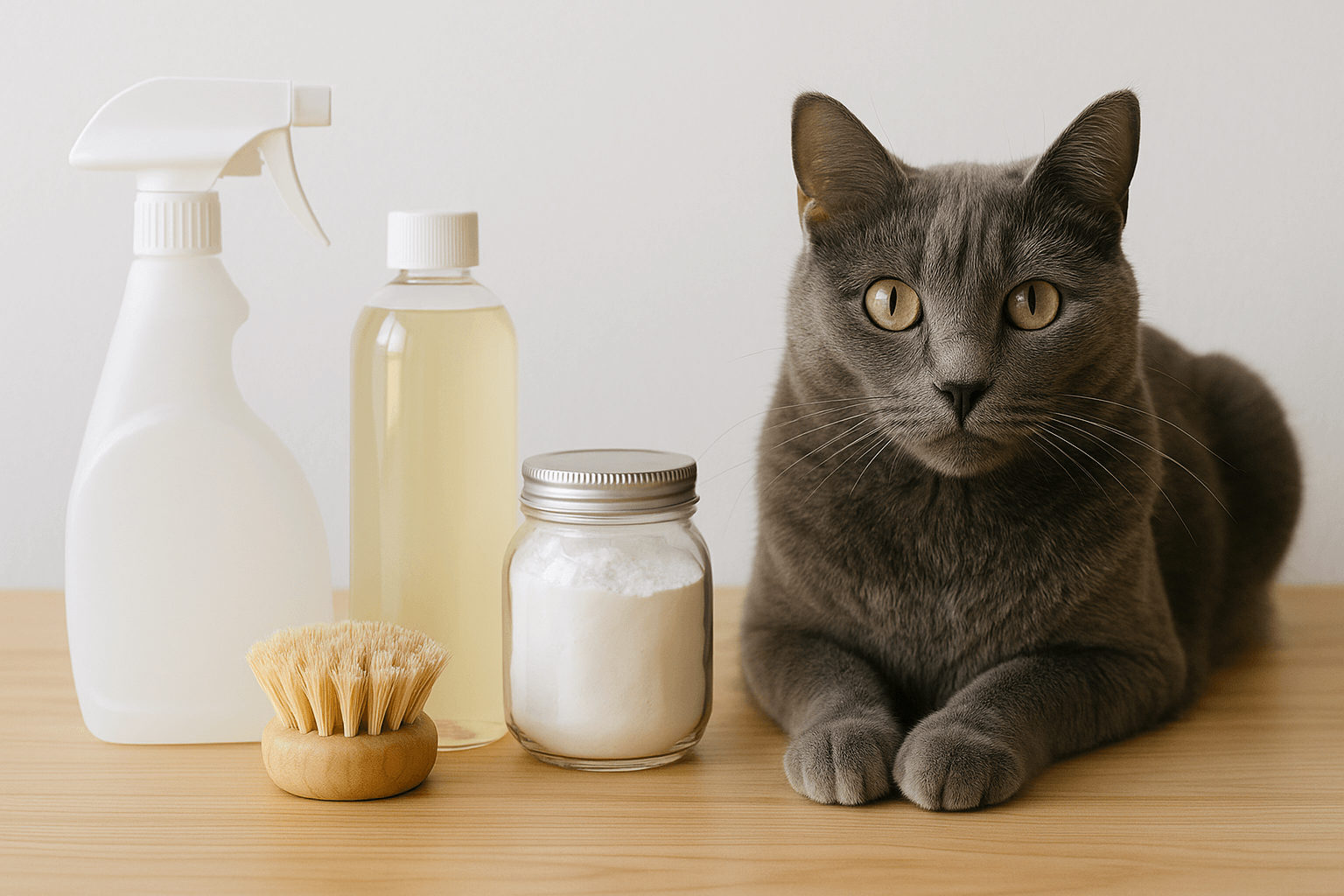How to Collect a Urine Sample from Your Cat: A Step-by-Step Guide
Cats are wonderful companions, but when it comes to their health, things can get tricky. If your veterinarian has asked you to collect a urine sample from your feline friend, you might be wondering how on earth you’re supposed to accomplish this task. After all, cats aren’t exactly known for their cooperation when it comes to medical procedures. But don’t worry—collecting a urine sample from your cat is entirely possible with the right tools, techniques, and a little patience. In this guide, we’ll walk you through everything you need to know to make the process as smooth and stress-free as possible—for both you and your furry companion.
Why Is Collecting a Urine Sample Important?
Before diving into the “how,” let’s take a moment to understand the “why.” A urine sample can provide valuable insights into your cat’s overall health. Veterinarians often request these samples to diagnose conditions like urinary tract infections, kidney disease, diabetes, or bladder stones. Here’s why this simple test can make such a big difference:
Early detection of health issues can prevent more serious problems down the line.
It helps veterinarians tailor treatment plans specifically for your cat’s needs.
A urine sample can rule out certain conditions, saving time and unnecessary tests.
Monitoring changes in urine composition over time can help track chronic conditions.
It’s a non-invasive way to gather critical information about your cat’s internal health.
Understanding the importance of this procedure will not only motivate you to take action but also give you peace of mind knowing you’re contributing to your cat’s well-being.
Methods for Collecting a Urine Sample
There are several ways to collect a urine sample from your cat, depending on your comfort level and the tools at your disposal. Below, we’ve outlined the most common methods to help you choose the one that works best for you and your pet:
Free-Catch Method: This involves catching urine directly as your cat urinates—a challenging but doable approach.
Litter Box Modification: Use special non-absorbent litter to collect the sample without contamination.
Veterinary Assistance: Some clinics offer collection services if you’re unable to do it at home.
Manual Expression: A vet or trained professional may gently apply pressure to the bladder to extract urine.
Catheterization: This method is typically performed by vets under sedation for diagnostic purposes.
Each method has its pros and cons, so consider what feels most feasible for your situation. Remember, your vet is always there to guide you if you’re unsure which route to take.
Check this guide 👉Top 3 Best Cat Urine Removers: Eliminate Odors Instantly!
Check this guide 👉Understanding Cat Leaking Urine While Resting: Best 7 Tips!
Check this guide 👉Why Would a Cat Pee on You? Best 7 Expert Tips!
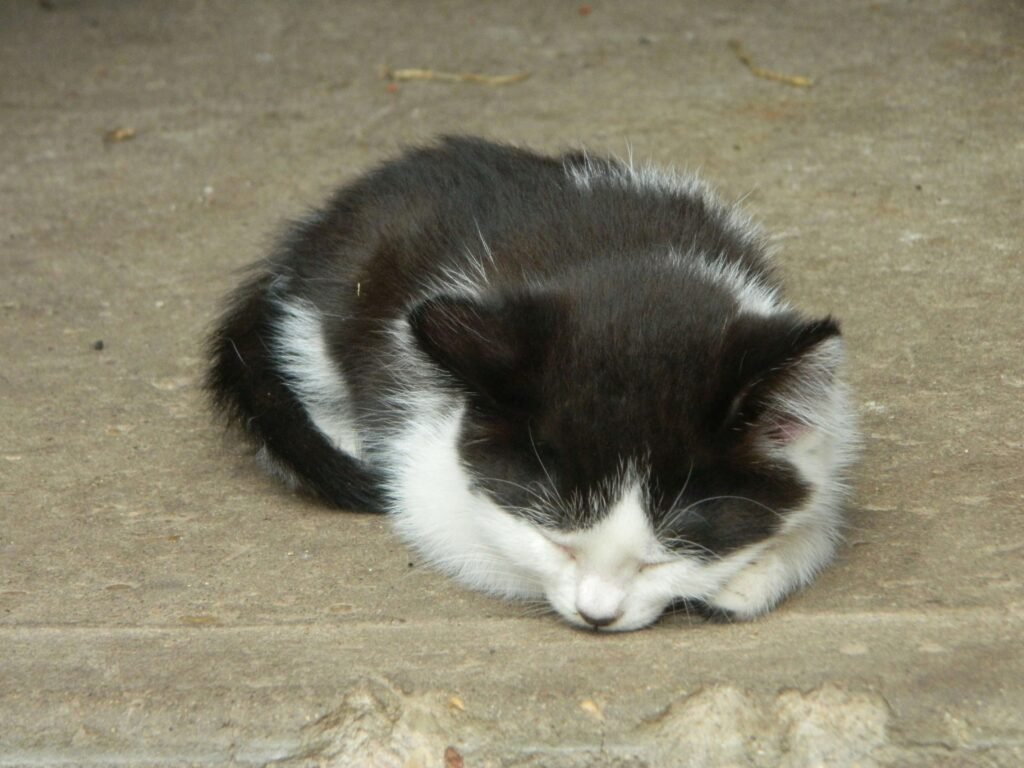
Method | Best For |
|---|---|
Free-Catch | Owners comfortable handling their cats |
Non-Absorbent Litter | Home collection with minimal stress |
Veterinary Assistance | Those who prefer professional help |
Manual Expression | Situations requiring immediate results |
Catheterization | Cases where other methods aren’t viable |
Tips for Preparing Your Cat
Preparation is key to ensuring a successful urine collection process. By taking a few proactive steps, you can minimize stress for both you and your cat. Here are some practical tips to keep in mind:
Choose a quiet, private space where your cat feels safe and secure.
Avoid feeding your cat large meals right before attempting collection.
Ensure your cat is well-hydrated to encourage urination.
Clean any surfaces or tools you plan to use beforehand.
Have all necessary supplies ready, such as gloves and a sterile container.
By creating a calm environment and being prepared, you increase the likelihood of obtaining a usable sample while keeping your cat relaxed.
Common Challenges and Solutions
Collecting a urine sample isn’t always straightforward, especially when dealing with independent-minded felines. Below are some common challenges you might encounter, along with solutions to overcome them:
Cats refusing to urinate on command: Try placing them in a confined area with non-absorbent litter.
Difficulty catching the sample mid-stream: Use shallow containers or practice timing.
Contaminated samples: Always use clean materials and avoid touching the inside of the container.
Stressful reactions from your cat: Take breaks during the process and reward calm behavior.
Unclear instructions from your vet: Don’t hesitate to ask for clarification or demonstrations.
While these hurdles can be frustrating, they’re not insurmountable. With persistence and patience, you’ll find a solution that works for you and your cat.
Signs Your Cat May Need a Urine Test
Sometimes, cats don’t explicitly show signs of illness, but subtle changes in their behavior or habits can indicate an underlying issue. If you notice any of the following symptoms, it might be time to consult your vet and consider a urine test:
Frequent trips to the litter box without producing much urine.
Straining or crying while attempting to urinate.
Blood in the urine or discoloration.
Lethargy or lack of interest in usual activities.
Excessive licking of the genital area.
These signs could point to urinary tract infections, bladder stones, or other health concerns. Early detection through a urine sample can make all the difference in your cat’s recovery journey.
Tools You’ll Need for Home Collection
If you decide to collect the urine sample at home, having the right tools on hand is essential for success. Here’s a list of items that will make the process easier and more efficient:
A clean, sterile container for storing the sample.
Non-absorbent litter or special collection kits designed for cats.
Disposable gloves to maintain hygiene.
A timer or clock to track your cat’s bathroom habits.
Treats or rewards to encourage cooperation.
Being prepared not only simplifies the process but also reduces stress for both you and your feline friend. With these tools ready, you’re setting yourself up for a smoother experience.
How to Interpret Your Vet’s Instructions
When your veterinarian asks for a urine sample, they may provide specific guidelines tailored to your cat’s needs. Understanding their instructions is crucial to ensure accurate results. Here’s what to look out for:
The type of container they recommend using.
Whether the sample needs to be fresh or if refrigeration is allowed.
The ideal time of day to collect the sample.
Any dietary restrictions before collection.
How quickly the sample should be delivered to the clinic.
Following these instructions carefully ensures the sample is usable and helps your vet make an accurate diagnosis. Don’t hesitate to ask questions if anything is unclear—your vet is there to help!
Frequently Asked Questions
Can I use regular litter to collect my cat’s urine?
No, regular litter absorbs liquid, making it impossible to collect a clean sample. Opt for non-absorbent litter instead.
How much urine does my vet need for testing?
Typically, a teaspoon (about 5 mL) is sufficient for most tests. Always confirm with your vet.
What should I do if my cat won’t pee in the litter box?
Try confining your cat to a small room with the modified litter box for a short period.
Can I freeze the urine sample if I can’t take it to the vet immediately?
Yes, freezing is acceptable for short-term storage, but deliver it as soon as possible.
Is it safe to express my cat’s bladder myself?
No, manual expression should only be performed by a trained professional to avoid injury.
Wrapping Up: You’ve Got This!
Collecting a urine sample from your cat may seem daunting at first, but with the right approach, it’s entirely manageable. Whether you choose to modify the litter box, catch the sample free-style, or seek veterinary assistance, remember that every step you take contributes to your cat’s health and happiness. Stay patient, stay calm, and don’t hesitate to reach out to your vet if you need additional support. Your dedication to your cat’s well-being speaks volumes about the bond you share—and that’s something truly worth celebrating.
Cat Dry Skin Treatment: Best 7 Expert Tips! Discover effective remedies and expert advice to soothe your cat’s dry skin, restore their coat’s shine, and ensure lasting comfort with simple, actionable solutions.
Understanding Cat Tooth Resorption: Best 7 Expert Tips! Discover causes, symptoms, and treatment options to protect your cat’s dental health and ensure a pain-free life.
Cerebellar Hypoplasia in Cats: Best 7 Expert Tips! Discover expert advice on caring for cats with cerebellar hypoplasia, managing symptoms, and creating a safe, loving environment for your wobbly feline friend.
Cat-Safe Cleaning Products: Best 7 Expert Tips! Discover safe, non-toxic cleaning solutions to protect your cat’s health while keeping your home spotless and fresh.

